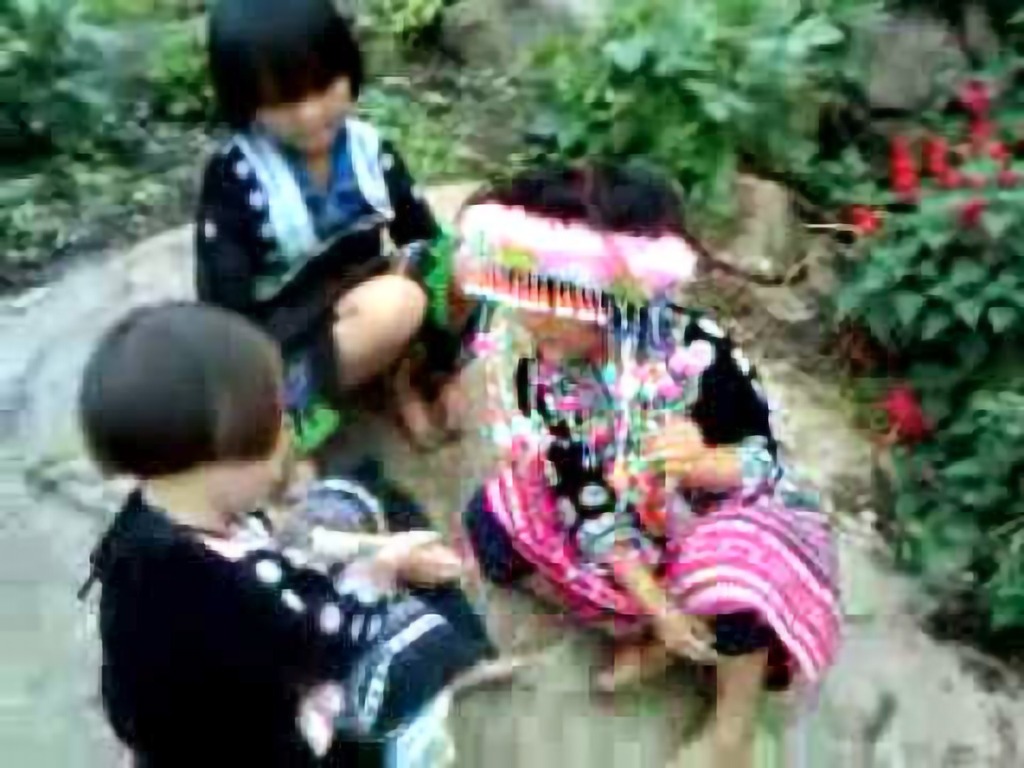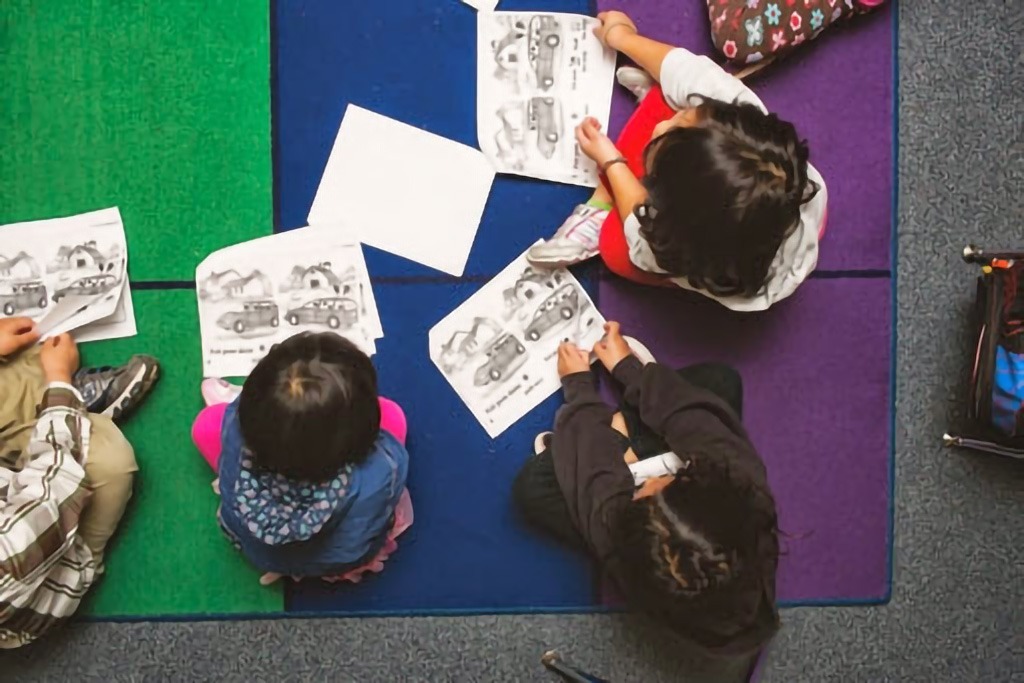
Hmong: Disadvantaged Economically, Like Native American Tribes In U.S
Exploring Similarities Between the Hmong in Thailand and Native American Tribes in the U.S.
Explore the parallels between the Hmong ethnic minority in Thailand and Native American tribes in the U.S. through a glimpse of Hmong culture near Chiang Mai. Featuring adorable Hmong girls in traditional attire, this piece highlights cultural resilience amidst economic challenges.

Introduction
The Hmong people, an ethnic minority in Thailand, share surprising parallels with Native American tribes in the United States. Both communities navigate the challenges of preserving their cultural heritage while grappling with economic disadvantages in the modern world. This blog explores these fascinating connections, shedding light on their histories, traditions, and shared resilience.
Cultural Heritage and Traditional Attire
The Hmong in Thailand are known for their vibrant traditional clothing, often adorned with intricate embroidery and bold colors. These outfits hold deep cultural significance, symbolizing their identity and connection to their ancestors. Similarly, Native American tribes in the U.S. have traditional regalia used during ceremonies and celebrations, each design carrying stories and spiritual meanings.
In tourist areas near Chiang Mai, Thailand, Hmong children can often be seen wearing their traditional outfits, reflecting pride in their heritage, even as they face the challenges of a rapidly modernizing world. This mirrors how Native Americans proudly showcase their cultural practices in powwows and community events despite ongoing societal pressures.
Economic Disparities and Resilience
Both the Hmong in Thailand and Native American tribes in the U.S. face economic disadvantages, often rooted in historical displacement and marginalization. The Hmong community, many of whom live in remote hill regions, often rely on agriculture and tourism for their livelihood. Native American tribes, particularly those on reservations, frequently contend with limited economic opportunities, high unemployment rates, and underfunded services.
Despite these challenges, both groups demonstrate remarkable resilience. The Hmong craft beautiful textiles and silver jewelry, attracting tourists and preserving their traditions. Native American tribes invest in cultural revitalization projects, such as language preservation programs and art initiatives, fostering pride and economic development.
Shared Struggles in a Changing World
The Hmong and Native American experiences highlight shared struggles in maintaining cultural traditions while adapting to global changes. Both communities strive to balance preserving their unique identities with participating in modern economies, ensuring that their children can embrace their heritage while pursuing new opportunities.
For instance, the Hmong in Thailand are increasingly engaging in education and entrepreneurship, much like Native Americans who are finding success in various industries while remaining rooted in their cultural values.
Conclusion
The Hmong in Thailand and Native American tribes in the U.S. offer inspiring examples of resilience and cultural preservation. By examining their stories, we can better understand the importance of supporting marginalized communities worldwide and celebrating the rich diversity they contribute to our global tapestry.
Call to Action: Are you curious about the rich traditions and challenges faced by ethnic minorities around the world? Share your thoughts and learn more by subscribing to our blog!
References and Further Reading
- Cute Little Hmong Girls Near Chiang Mai, Thailand | Uploaded on Jul 7, 2009 | Www.Youtube.Com | The Hmong are an ethnic minority in Thailand that are generally disadvantaged economically, much like Native American tribes in the U.S.





Responses